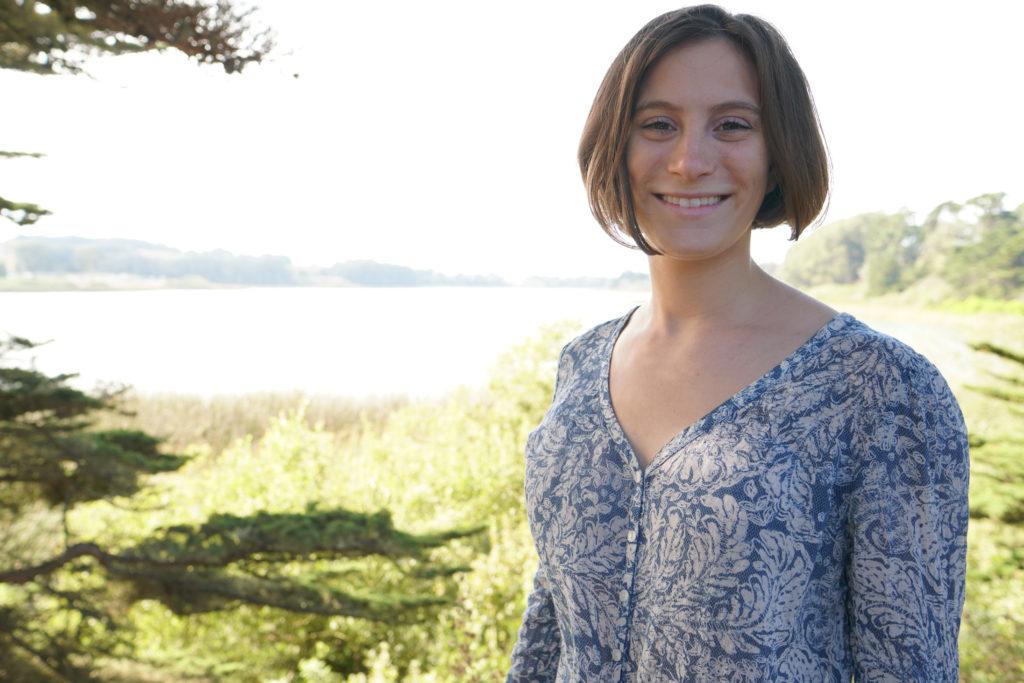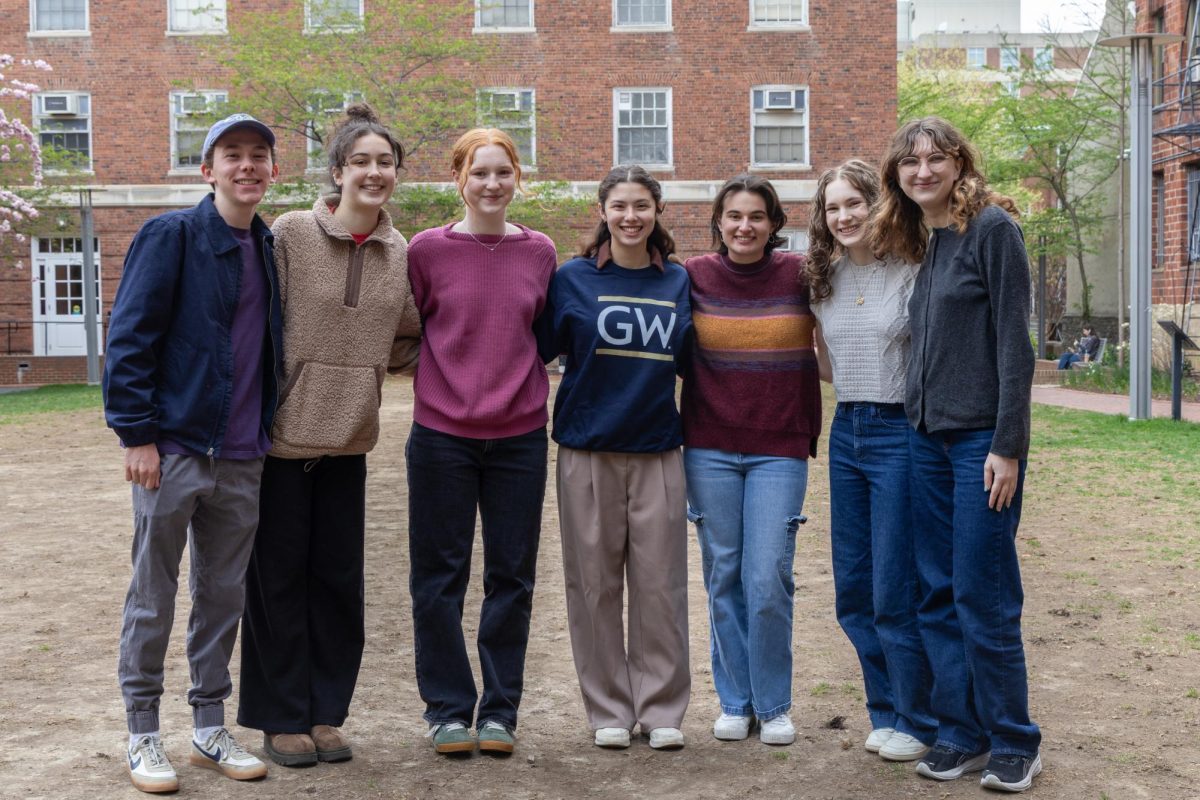Updated: Oct. 3, 2017 at 10:15 a.m.
An alumna is traveling across the nation with her notepad and camera in hand to document America’s electric facilities for a project she hopes will educate the public.
Molly Seltzer, who graduated in 2015 with a bachelor’s degree in international affairs, started a photojournalism project called Electric America to provide a window into the U.S. energy sector and educate people on where their energy comes from. Seltzer began the project herself but then received the Dorothy M. and Maurice C. Shapiro Traveling Fellowship this summer to continue traveling around the U.S. taking photos at energy plants.
For the project, Seltzer tours and researches each facility and then posts photos to her Electric America website, often accompanied by facts about the facility and a blog describing her experience there. Though most of her work lives on the Electric America website, Seltzer wrote about a power plant that is going to create energy from air in salt caverns below the Earth and the piece was picked up by Smithsonian Magazine.
“It dawned on me that I really wanted to see the people and places that are powering the United States,” Seltzer said. “And I really was interested specifically in energy because to me that was something everybody cares about. Regardless of where you are, everyone pays an electricity bill.”
Seltzer said she started the project because she was curious about the electricity systems that underpin people’s day-to-day lives. She wanted to understand exactly where everyday energy was coming from because it’s difficult for consumers to figure out and companies aren’t transparent about it, she added.
“I wanted to connect with other Americans, my fellow countrymen and see the true America.”
After graduation she began going on tours of power plants, wastewater treatment plants and other facilities during her free time and on her own dime, trying to get a more holistic view of the energy sector. But then she was able to continue the project when she received a grant to continue her travel.
The project is supported by funding from the Dorothy M. and Maurice C. Shapiro Traveling Fellowship, which awards about $16,000 annually to GW seniors and recent graduates working on a research project that requires travel.
Seltzer’s work shedding light on the power industry has taken her to West Virginia, Alabama and most recently California. Seltzer also made a trip out to a solar farm in North Carolina that is GW’s solar hub. She said she plans to continue traveling for the project to places like Hawaii for about three months, but the exact time has not been decided.
“I wanted to connect with other Americans, my fellow countrymen and see the true America,” Seltzer said.
Seltzer said she finds it problematic that most people use electricity daily but few people are actually aware of where the power comes from. Heating and electricity account for 25 percent of greenhouse gas emissions worldwide, but Seltzer said it is hard to determine where that energy comes from and that even people working in the energy industry don’t know the source of their power.
The U.S. has more than 7,000 power plants, but a majority of them are located in rural areas and not accessible to many Americans, which is why she wanted to photograph them for her project.
For her first trip with fellowship funding, Seltzer headed to Block Island Wind Farm off the coast of Rhode Island in June. She spent a full day on Block Island researching and interviewing and got a call the next morning from a source about where to catch a boat heading for the wind turbines.
Not knowing if it would pan out, Seltzer headed for the docks.
“Ultimately consumers have to be able to buy clean power. I think that’s where I want to go with Electric America.”
“They gave me a wave, gave me a helmet and a lifevest, and I stumbled with my camera and recorder to get on board,” Seltzer said. “I spent a couple hours out at sea interviewing them. I could see the wind turbines they were so close.”
After her fellowship, Seltzer said she wants to work on transforming Electric America into an educational resource that enables consumers to get involved in their energy supply. She hopes that once people can see where their energy is coming from, the demand for sustainable sources will increase.
“Eighty percent of our energy intake is from nonrenewable resources,” Seltzer said. “Ultimately consumers have to be able to buy clean power. I think that’s where I want to go with Electric America.”
Seltzer said she believes that this niche in the sustainability field is where she belongs and that she enjoys the work of talking to people on the ground and providing transparency to the energy sector.
“For me, I just love meeting new people and learning new things about the country and about the energy landscape,” Seltzer said. “I knew I was going to do this regardless of if I received funding or not. If I needed to use my savings, I would have used my savings.”




